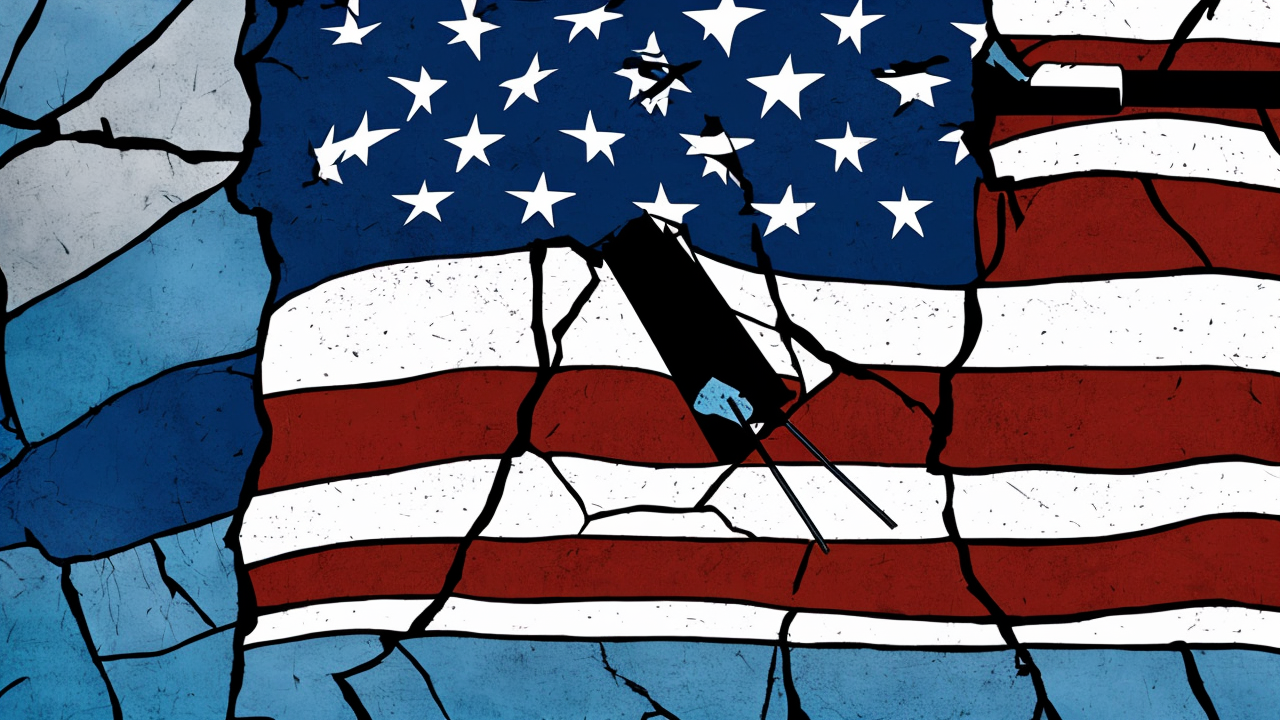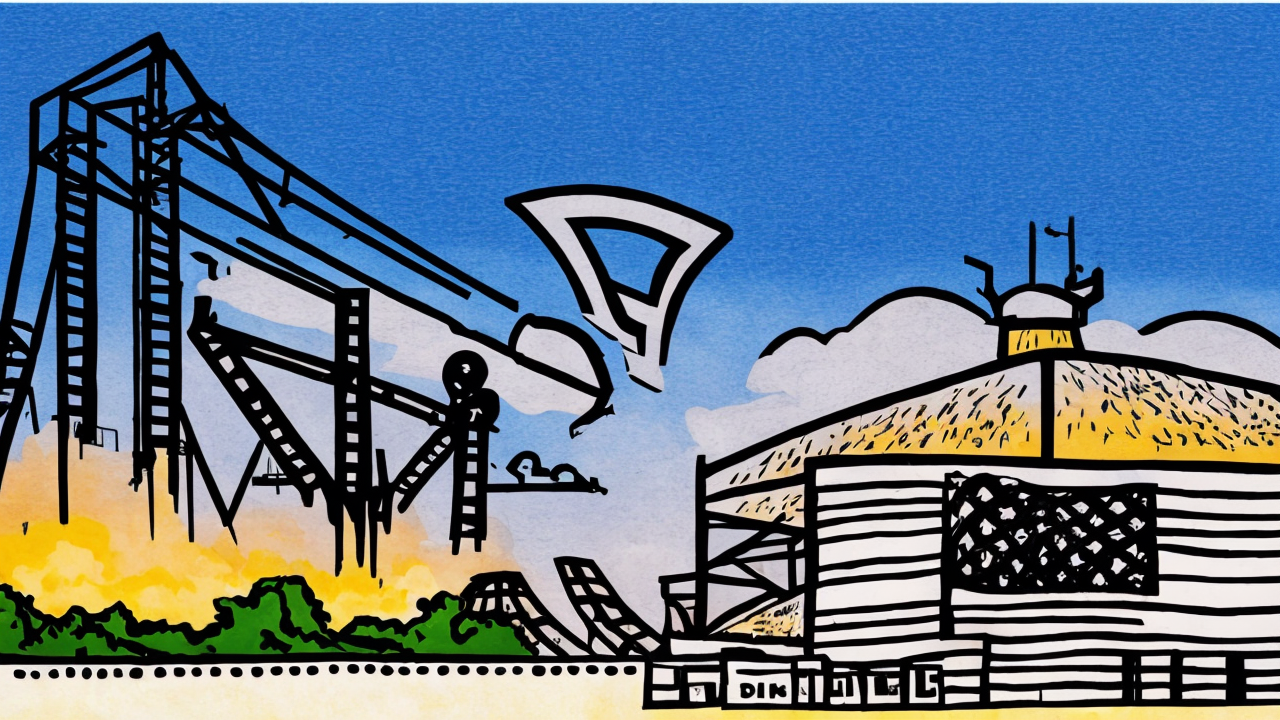Flaw in Safety Standards for Grid-Scale Battery Energy Storage Systems

As the nation expands its grid-scale battery energy storage systems, a growing concern demands attention: the safety standards governing these installations are not keeping pace with their scale and complexity. While lithium-ion batteries offer impressive efficiency and scalability, they also carry inherent risks—particularly the threat of thermal runaway, where a single cell failure can trigger a chain reaction across an entire system. These risks are not hypothetical. Incidents have already occurred, including fires at storage sites in California and other states, underscoring the urgent need for updated, robust safety protocols.
The current regulatory framework relies heavily on standards originally developed for consumer electronics and electric vehicles—devices that operate at a fraction of the size and energy density of grid-scale systems. These older guidelines simply do not account for the unique challenges posed by massive battery arrays, which can store megawatt-hours of energy and occupy large industrial footprints. When a failure occurs in such a system, the consequences are far more severe than a damaged smartphone or a single EV battery pack. The potential for widespread fire, structural damage, and grid instability is real and growing.
This gap in oversight is not just a technical oversight—it reflects a broader pattern in how large-scale infrastructure projects are being prioritized. In recent years, the push toward renewable energy has often emphasized speed and political momentum over proven safety and long-term reliability. While the goal of reducing carbon emissions is valid, it should not come at the cost of public safety or sound engineering principles. When government mandates and subsidies drive deployment without adequate risk assessment, the result is a system that may be ideologically appealing but operationally fragile.
Moreover, these projects are frequently funded through taxpayer dollars and utility ratepayer fees. As communities bear the financial and physical risks of poorly regulated installations, it becomes harder to justify continued investment in systems that lack proven safety records. This is not merely a question of cost—it is one of stewardship. When public resources are used to support infrastructure that may compromise community safety, we erode trust in both government and energy institutions.
A more responsible approach would begin with a thorough reevaluation of safety standards tailored specifically to grid-scale applications. This means establishing fire-resistant enclosures, improved thermal monitoring, better ventilation, and mandatory separation distances between units. It also means requiring independent third-party testing and certification before deployment, ensuring that systems are not only efficient but also resilient under stress.
Equally important is the need to invest in next-generation storage technologies that reduce risk at the source. While lithium-ion batteries have played a key role in the energy transition, they are not the only option. Research into safer alternatives—such as flow batteries, sodium-ion chemistries, and gravity-based storage—should be prioritized. These technologies may not yet match lithium-ion in energy density, but they offer the potential for greater safety and longevity, which are essential for long-term infrastructure planning.
Ultimately, building a secure and sustainable energy future requires more than just political will. It demands discipline, accountability, and a commitment to excellence. The nation’s energy infrastructure should reflect the values of hard work, prudence, and care for the common good. When we design systems with these principles in mind, we ensure that progress does not come at the expense of safety.
The time to act is now. Before more communities face preventable risks, we must ensure that every new energy project meets the highest standards of safety and responsibility. A secure energy future is not built on speed alone—it is built on wisdom, integrity, and a deep respect for the well-being of our people and our land.
Published: 10/12/2025








